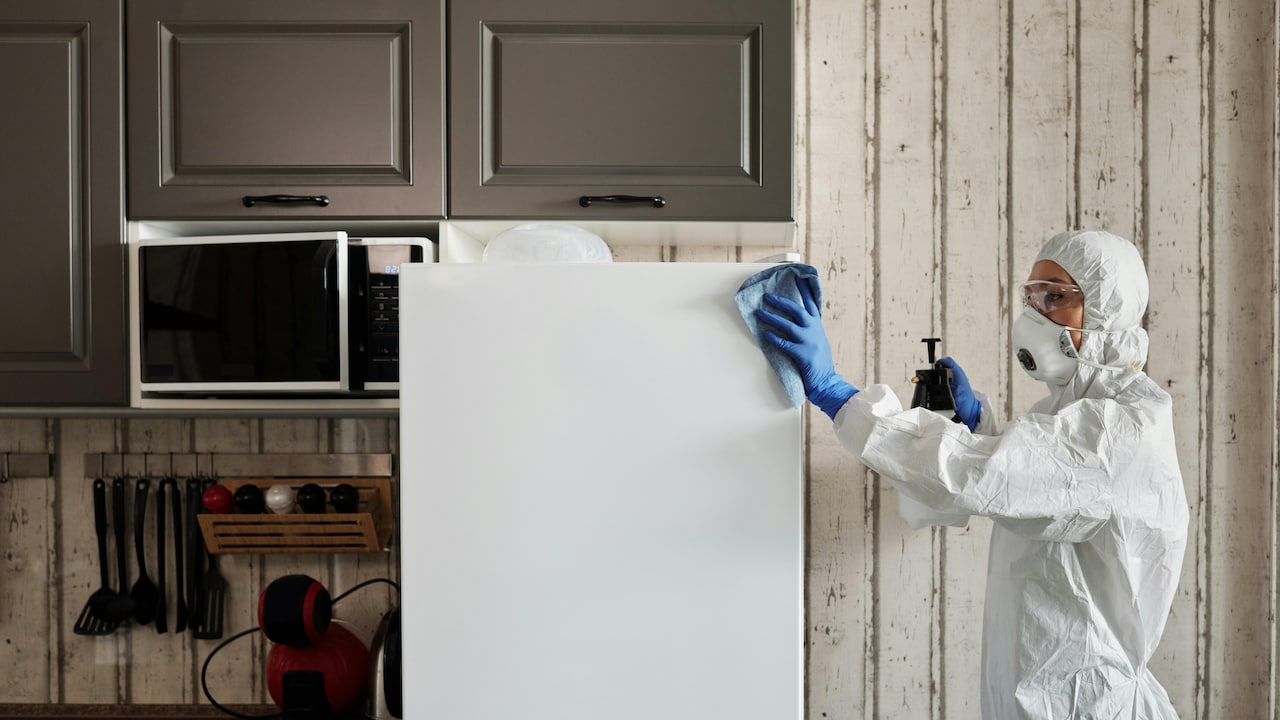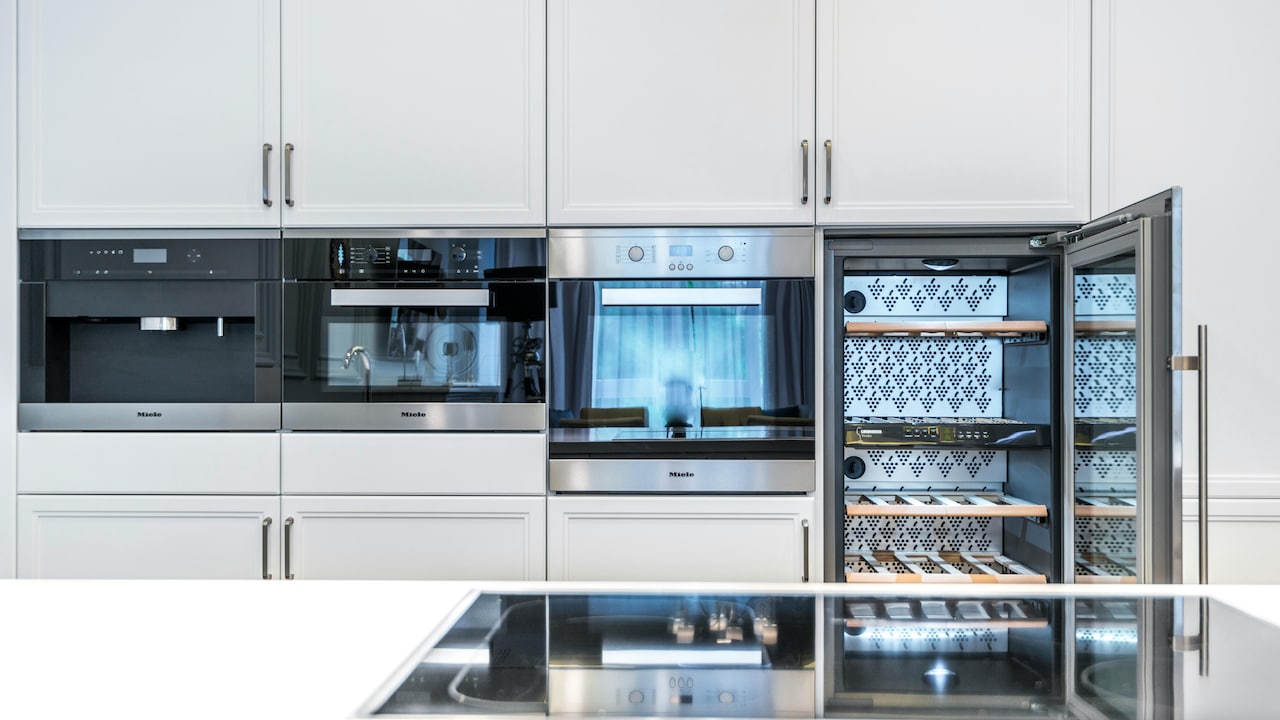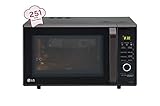10 Microwave Mistakes Everyone Makes and the Easy Ways to Fix Them for Better Meals
Many kitchens rely on microwaves for quick meals, yet small habits often reduce flavour, texture and safety. This is a friendly guide to everyday microwave mistakes and simple fixes for tastier, smoother cooking.

10 Common Microwave Errors That Ruin Your Food and How to Avoid Them.
A microwave sits quietly in most homes, ready to heat leftovers, warm milk, or rescue rushed evenings. Yet even with daily use, many people treat it like a magic box that sorts everything out with a single button. Some dishes turn dry, some stay cold in the middle, and some splatter like a mini-firework show. The truth is simple: a few mindful habits can transform microwave cooking from “just okay” to surprisingly good. This article highlights common mistakes many people make without realising it, along with workable solutions that fit everyday routines. Nothing complicated, nothing expensive, just small tweaks that save food, time and even a little frustration.
So, check out these 10 microwave mistakes everyone makes and also learn about the easy ways to fix them to get perfect meals every time.

Microwave Cooking Mistakes You Do Not Realise You Are Making And How To Fix Them.
Photo Credit: Pexels
Common Microwave Habits That Cause Everyday Kitchen Troubles
1. Overheating Meals Until They Turn Dry and Chewy
Many people heat meals until they bubble furiously, believing more heat means better cooking. The opposite often happens. The microwave pushes moisture out when food stays in too long, leaving chapatis stiff, sabzi rubbery and rice brittle. A heavy hand on the timer usually creates uneven texture and wasted effort.
A simple fix works wonders: heat food in short bursts of 20–30 seconds and stir or flip between each round. This encourages even warming and reduces overcooking. Adding a spoonful of water before heating rice, pulao, or biryani helps steam circulate and restore softness. Covering food with a microwave-safe lid or plate traps moisture, so the dish warms gently instead of drying out. These tiny changes bring back the warmth and comfort that good food deserves.
2. Ignoring the Uneven Heat Zones Inside the Microwave
A microwave rarely heats everything equally. Anyone frustrated by a hot edge and a cold centre knows this all too well. The machine's waves bounce around and create hotspots, which means food in one area warms faster than the rest. Many people trust the microwave's spinning plate to sort this out, but the plate only reduces the problem; it doesn't eliminate it.
Moving food around halfway through cooking makes a big difference. Drag the bowl slightly off-centre before restarting. Stir curries or mix noodles to distribute warmth. Shift bigger pieces of paneer, chicken or vegetables so they heat from multiple angles. A few seconds of attention avoids the shock of biting into a lukewarm centre. These quick adjustments help every bite feel satisfying instead of confusing.
3. Using the Wrong Containers and Creating Unwanted Hazards
Plastic bowls with colourful prints, steel plates from lunch dabba sets or small metal utensils often find their way into microwaves. Many people pop them in casually, unaware of the risks. Some plastics leach chemicals when heated, and metal can spark like a Diwali phuljhadi inside the oven. Printed melamine also weakens under heat and releases toxins into food.
Safer alternatives make kitchen life easier. Use microwave-safe glass, ceramic bowls or BPA-free containers. A simple “microwave safe” label offers peace of mind. Silicone lids or microwave covers help food warm evenly and prevent splashes. Choosing the right container protects both the microwave and the meal. It also keeps every reheated treat—from dal to leftover cake—tasty and safe.
4. Forgetting to Cover Food and Ending Up with Messy Splatters
A microwave can turn into a mini battleground when curry bubbles and tomato gravy bursts. Many people leave food uncovered, thinking the process will stay neat. The result often creates a mosaic of splashes on the microwave walls and a stubborn mess that needs scrubbing.
Covering food solves the problem beautifully. A microwave-safe lid, an upturned plate or even a simple paper towel works. Trapped steam prevents sauces from erupting and helps food soften. Soups, dals and masala-rich dishes reheat more gracefully, with better aroma and texture. A covered bowl saves cleaning time and keeps the inside of the microwave smelling fresh instead of reminding everyone of last week's rajma. A small habit changes the whole experience.
5. Heating Everything on Full Power and Expecting Perfect Results
Many microwaves default to 100% power, and most people leave it untouched. The assumption is simple: higher power means faster cooking. But some foods need gentle heat to stay tender. Paneer becomes rubbery, eggs explode dramatically, and delicate desserts overcook when blasted with full power.
Power settings exist for a reason. Using medium power (50–70%) helps warm dishes evenly without ruining texture. Defrost modes also offer controlled heating, which keeps frozen parathas or meat from cooking outside and staying icy at the centre. Lower power levels create dishes that taste closer to fresh, not rushed. Learning to adjust this one setting makes everyday cooking smoother, tastier and far more predictable.
Also Read: 10 Microwave Recipes And Hacks For Healthy And Nutritious Meals Beyond Popcorn And Leftovers
6. Not Adding Moisture When Reheating Dry Foods
Dry foods like idlis, dosa pieces, bread rolls or leftover rotis often come out of the microwave hard enough to rival cardboard. Many people give up and chew through the disappointment. The trick lies in restoring lost moisture.
Sprinkling a little water on idlis, placing a damp cloth over rotis or setting a small cup of water inside the microwave prevents dehydration. Steam revives softness, while moisture protects the surface from becoming leathery. Even pav, buns or sandwiches warm better when covered lightly with a damp tissue. These tiny changes give leftovers new life, and every reheated snack feels comforting instead of frustrating.

10 Common Microwave Errors That Ruin Your Food and How to Avoid Them
Photo Credit: Pexels
7. Microwaving Food Straight from the Fridge Without Temperature Adjustment
Cold food often reacts unpredictably in a microwave. Biryani might stay icy in the centre, while the top layer scalds the tongue. Dense foods like rajma, pasta or stuffed parathas behave the same way. Heating straight from refrigerator temperature
creates uneven warmth.
Allowing food to rest outside for a few minutes solves this. When dishes move closer to room temperature, they warm evenly. Breaking big portions into smaller sections also speeds up the process. Even something simple like spreading leftover noodles or separating kebabs helps heat distribute better. This reduces repeated reheating, saves electricity and brings better flavour back into the meal.
8. Overcrowding the Microwave and Slowing Down the Cooking
A hungry household often piles multiple dishes at once inside the microwave. While this seems time-saving, overcrowding slows everything down. Heat needs space to circulate, and when the microwave feels packed, warmth struggles to reach each container evenly.
The fix is simple: heat one or two dishes at a time. If there's a need to warm several items, rotate them between heating rounds. Taller bowls should stay towards the edge so they don't block waves from reaching smaller dishes. This mindful spacing produces consistently warm food without guessing or reheating again. Even reheating a full meal becomes smoother when the microwave has breathing space.
9. Neglecting to Clean the Microwave Regularly
A microwave clogged with dried gravy, oil splatters, and old food smells heats less efficiently. Many people shut the door quickly and promise a later clean-up that never happens. Over time, the microwave begins to smell odd and warms food unevenly.
A regular wipe-down keeps the appliance working well. Steam-cleaning works brilliantly: place a bowl of water with lemon slices inside and heat it for a few minutes. The steam loosens grime, making wiping effortless. This simple ritual freshens the microwave, removes stale odours and protects the interior. A clean microwave feels welcoming instead of embarrassing when guests drop by unannounced.
10. Assuming the Microwave Only Reheats and Ignoring Its Full Potential
Many people use their microwave purely for reheating. This limits its usefulness. The microwave can steam vegetables, soften paneer, toast nuts, melt chocolate, make mug cakes and even cook simple meals when time runs tight.
Trying small tasks opens a world of convenience. Steaming corn kernels takes minutes. Melting jaggery for chikki or desserts becomes mess-free. Quickly roasting peanuts saves gas and effort. These simple uses reduce weekday stress and turn the microwave into a genuine helper, not just a reheating box. Exploring its features feels rewarding, especially when time feels short and hunger grows impatient.

10 Common Microwave Errors That Ruin Your Food and How to Avoid Them
Photo Credit: Pexels
Products Related To This Article
1. Haier 19 L Inverter Technology
2. Glen Multi-Function OTG for Kitchen 35 Litre
3. Samsung 23 L Solo Microwave Oven
4. Godrej 25 L Solo Microwave Oven
5. LG 30 L Solo Microwave Oven
6. Panasonic 23L Convection Microwave Oven
7. IFB 30 L Convection Microwave Oven
A microwave may look simple, yet a few thoughtful habits keep food warm, flavourful and safe. Small adjustments, the right container, a little moisture, moderate power, gentle stirring and mindful spacing create big improvements. These fixes blend easily into daily routines and help meals taste closer to fresh, even when reheated. With cleaner interiors, better technique and smarter use of settings, the microwave becomes more than a convenience. It becomes a kitchen ally that saves time, reduces waste and helps every meal feel satisfying.
(Disclaimer: This article may include references to or features of products and services made available through affiliate marketing campaigns. NDTV Convergence Limited (“NDTV”) strives to maintain editorial independence while participating in such campaigns. NDTV does not assume responsibility for the performance or claims of any featured products or services.)























